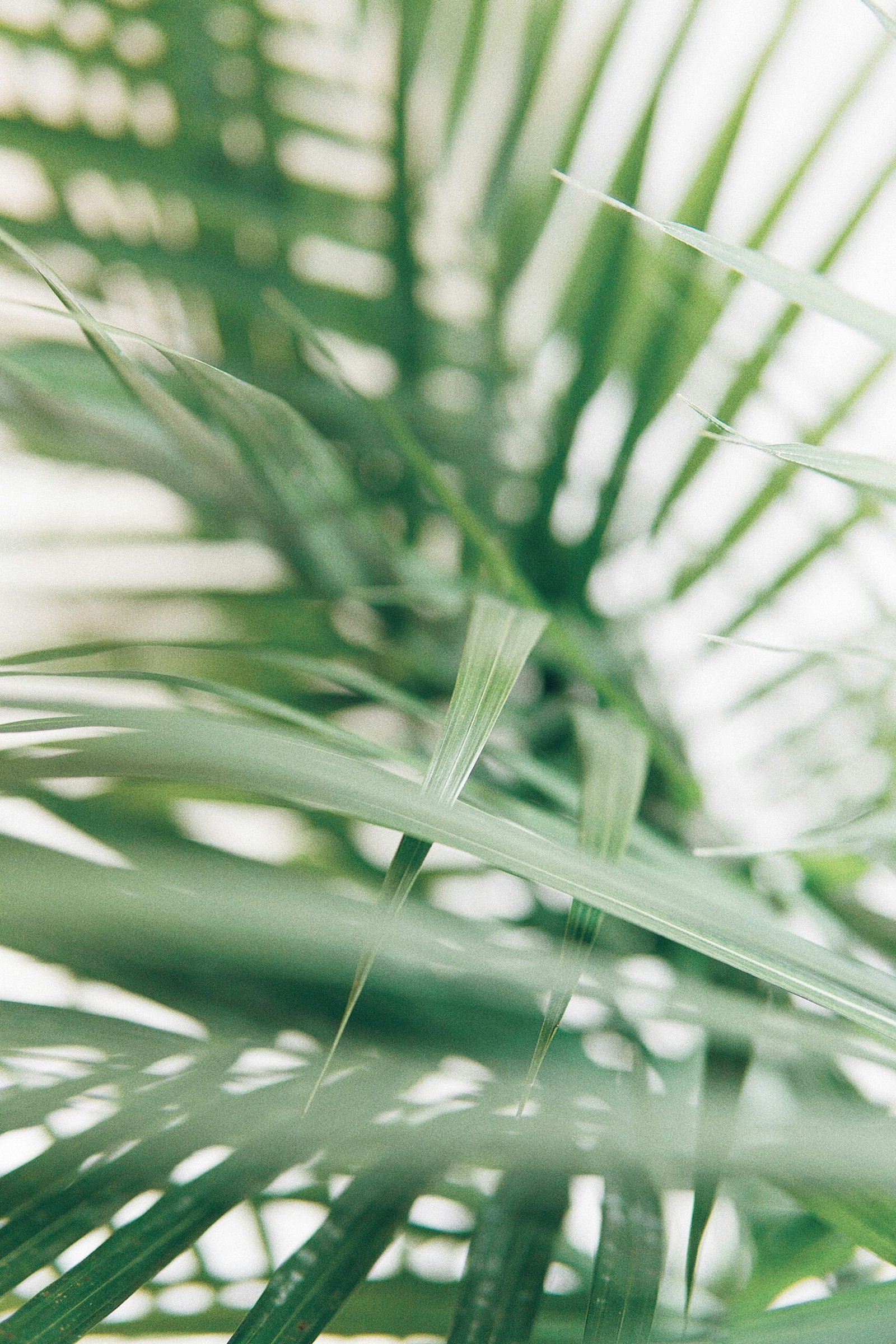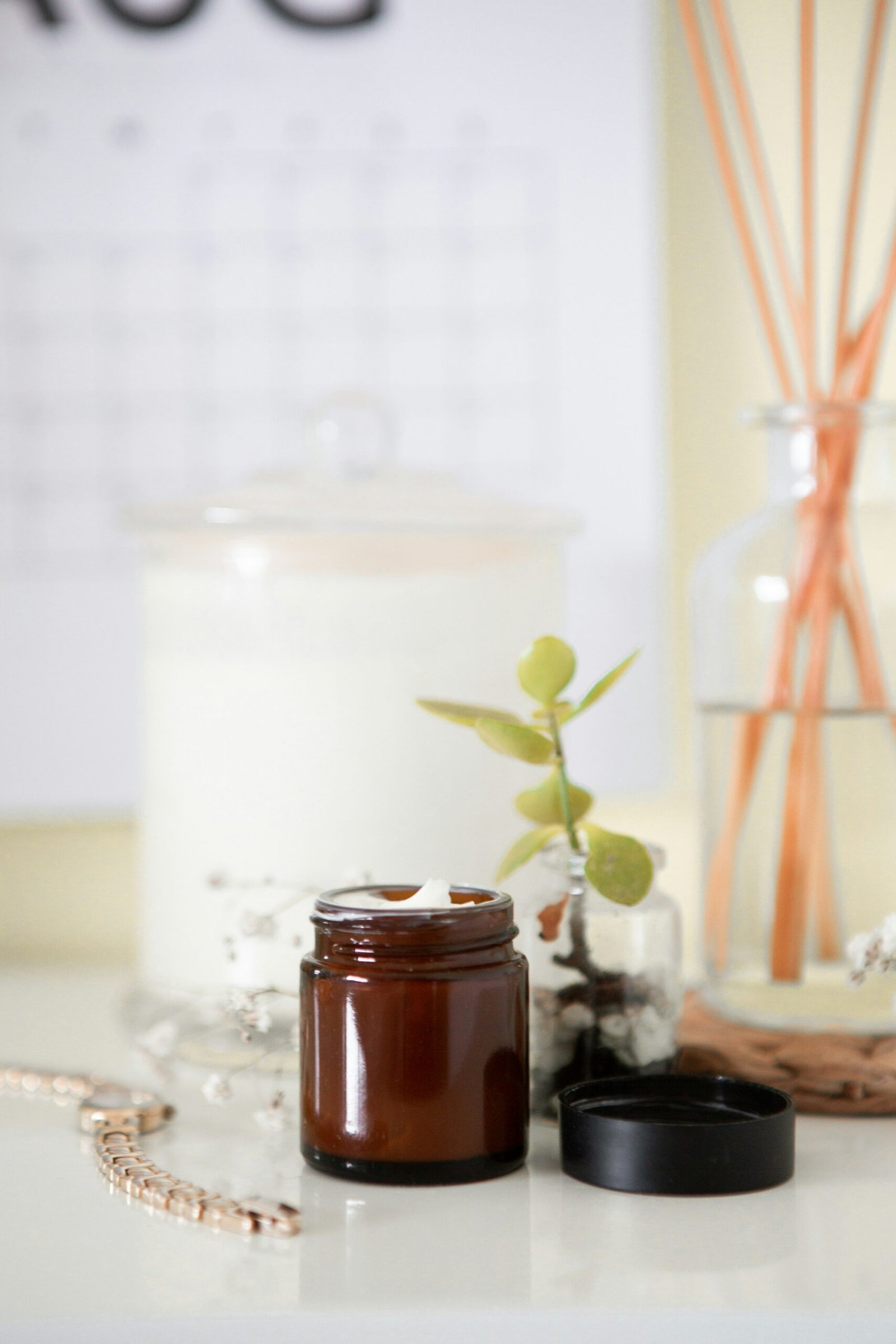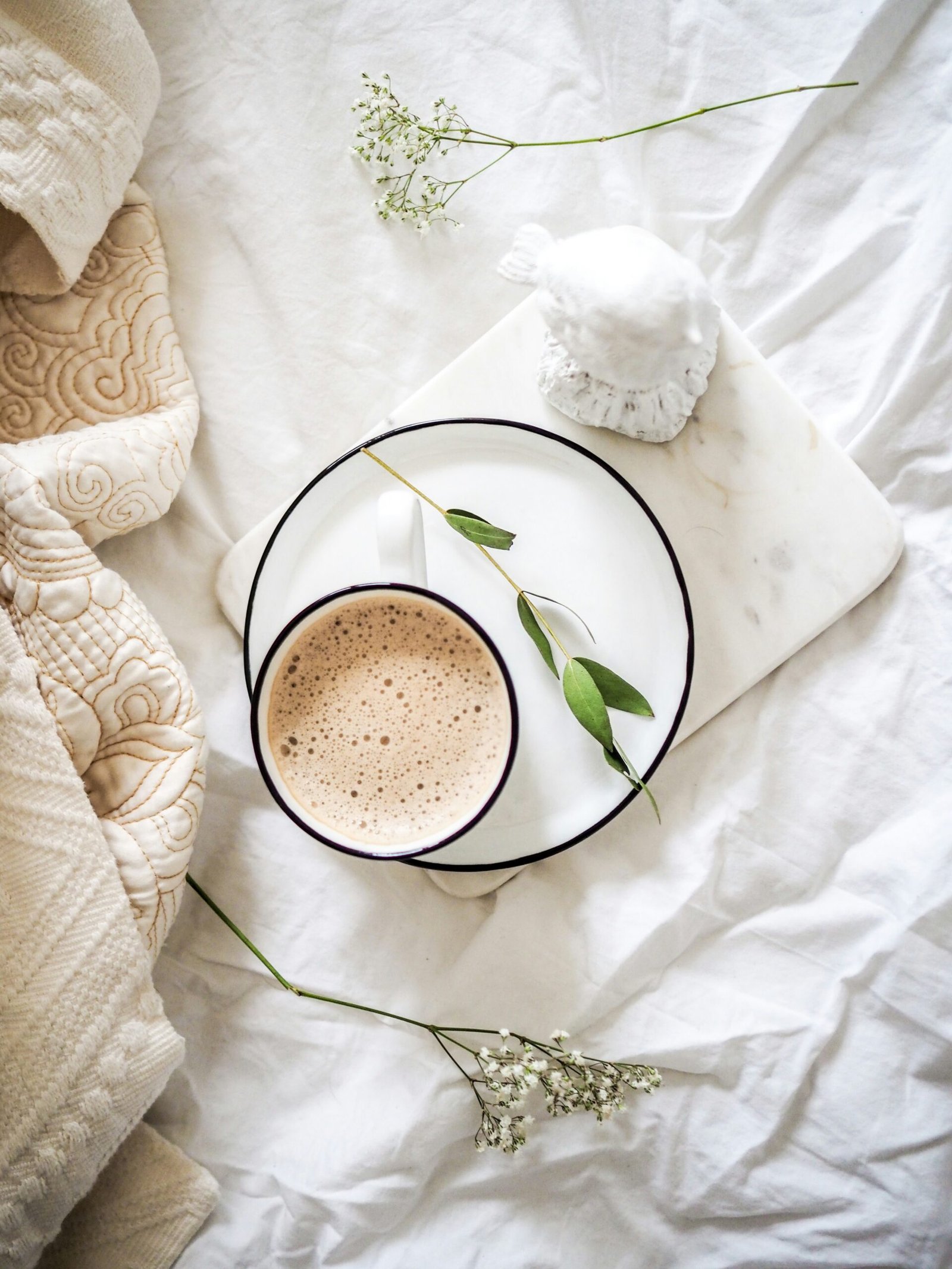Introduction to Ferns
Ferns are one of the oldest groups of plants on Earth, with a history dating back over 360 million years. Their resilience and adaptability have allowed them to thrive through various climatic changes, making them a fascinating subject of study for botanists and plant enthusiasts alike. Ferns are unique in their structure and reproduction; unlike flowering plants, they reproduce via spores rather than seeds, which gives them an intriguing life cycle that captivates many.
Characterized by their lush, feathery fronds, ferns are a diverse group of plants that can be found in a variety of ecosystems, from tropical rainforests to temperate woodlands. Their delicate, intricate leaves not only add an aesthetic appeal but also serve important ecological roles. Ferns can help stabilize soil, prevent erosion, and provide habitat for various wildlife species.
Bringing ferns into your home offers several benefits beyond their visual charm. These plants are known to improve air quality by filtering out toxins and increasing humidity levels, which can be particularly beneficial in maintaining a healthy indoor environment. Ferns can also complement a wide range of interior design styles, from modern minimalist to classic traditional, adding a touch of natural elegance to any space.
Whether you are an experienced gardener or a novice plant lover, ferns can be a rewarding addition to your collection. Their care requirements are often straightforward, making them accessible to people with varying levels of gardening expertise. As you delve deeper into the world of ferns, you’ll discover a multitude of varieties, each with its distinct characteristics and charm. By understanding their history, unique features, and ecological importance, you can better appreciate the role ferns play both in nature and in enhancing the beauty and health of your home.
Choosing the Right Fern Species
When it comes to selecting the ideal fern species for your home, it is essential to consider both aesthetic preferences and the specific growing conditions each type requires. Ferns are renowned for their lush, green foliage and ability to enhance indoor spaces, but different species have varying needs. Popular choices for indoor cultivation include the Boston fern, maidenhair fern, and bird’s nest fern, each offering unique characteristics and care requirements.
The Boston fern (Nephrolepis exaltata) is a classic choice for indoor greenery, known for its arching fronds and vibrant green color. This species thrives in indirect light and high humidity, making it an excellent choice for bathrooms or kitchens. Boston ferns prefer consistently moist soil, so regular watering is crucial. However, be mindful not to overwater, as this can lead to root rot.
Maidenhair ferns (Adiantum species) are celebrated for their delicate, fan-shaped leaves and elegant appearance. These ferns require a bit more attention, as they thrive in high humidity and indirect light. They are particularly sensitive to dry air and soil, making them suitable for terrariums or rooms with a humidifier. Regular misting can also help maintain the necessary moisture levels.
Bird’s nest ferns (Asplenium nidus) offer a striking aesthetic with their broad, wavy fronds that emerge from a central rosette. Unlike many other ferns, bird’s nest ferns can tolerate lower humidity levels, making them more adaptable to typical home environments. They prefer medium to low light conditions and should be watered when the top inch of soil feels dry to the touch.
By understanding the specific needs and ideal growing conditions of each fern species, you can select the fern that best suits your home environment. Whether you opt for the classic Boston fern, the delicate maidenhair fern, or the resilient bird’s nest fern, providing the right care will ensure a lush, green addition to your indoor space.
Ideal Growing Conditions for Ferns
Ferns, with their lush fronds and delicate appearance, thrive when their natural habitat is closely mimicked. One of the key aspects of growing healthy ferns is providing the right light conditions. These plants prefer indirect light, as direct sunlight can scorch their leaves. Placing ferns near north or east-facing windows ensures they receive sufficient yet gentle light. If natural light is limited, consider using fluorescent lights to replicate the soft, filtered sunlight they favor.
Temperature is another crucial factor in fern care. Most ferns flourish in temperatures ranging from 60 to 75 degrees Fahrenheit (15 to 24 degrees Celsius). They are not fond of extreme temperature fluctuations or drafts, which can cause stress and hinder growth. Keeping ferns away from heating vents, air conditioners, and drafty windows helps maintain a stable environment.
Humidity is perhaps the most significant element in creating the perfect growing conditions for ferns. These plants originate from tropical and subtropical regions, where humidity levels are naturally high. To replicate these conditions indoors, maintaining a humidity level of at least 50% is essential. Using a humidifier can effectively increase moisture levels in the air, benefiting not only the ferns but other houseplants as well. Alternatively, placing ferns in naturally humid areas like bathrooms or kitchens can also help maintain the necessary humidity.
In addition to these primary factors, regular misting can provide a temporary boost in humidity, especially during dry seasons. Another tip is to place the fern pots on trays filled with pebbles and water. As the water evaporates, it creates a micro-humid environment around the plants. Ensuring proper soil moisture is also vital; the soil should be kept consistently moist but not waterlogged to prevent root rot.
By carefully managing light, temperature, and humidity, you can create an ideal environment for your ferns, encouraging lush, vibrant growth and ensuring these beautiful plants thrive in your home.
Planting and Potting Ferns
Planting and potting ferns require careful attention to detail to ensure these delicate plants thrive. The first step is selecting the appropriate soil; ferns generally prefer a soil that is rich in organic matter and retains moisture without becoming waterlogged. A high-quality potting mix, specifically designed for ferns or houseplants, is usually ideal. This type of soil mix often contains peat moss, perlite, and vermiculite, which help to maintain the balance of moisture and aeration.
Choosing the right pot for your fern is equally important. Ferns do well in pots that provide excellent drainage, as waterlogged soil can lead to root rot. Terracotta pots are a popular choice because they are porous and allow for air circulation. Ensure that the pot has several drainage holes at the bottom. If using a decorative pot without holes, place a layer of gravel or small stones at the bottom to help with drainage.
When planting or repotting ferns, gently remove the plant from its current container and inspect the roots. Trim away any dead or decayed roots with sterilized scissors. Fill the new pot with a layer of the prepared soil mix, place the fern in the center, and fill around the roots with more soil, ensuring the crown of the plant is slightly above the soil surface. Firm the soil gently around the base of the fern to provide stability.
Water the fern thoroughly after planting, allowing excess water to drain away. Ferns prefer consistently moist soil, so it’s essential to monitor the moisture level regularly. Avoid letting the soil dry out completely between waterings. Additionally, placing the pot in an area with indirect sunlight and high humidity will support the fern’s growth. Humidity can be increased by misting the leaves regularly or using a humidity tray.
By following these guidelines for planting and potting ferns, you can create an environment where your ferns will flourish, adding lush greenery to your home.
Watering and Feeding Ferns
Ensuring the proper watering of ferns is crucial to their health and growth. Ferns thrive in consistently moist soil, but it is essential to strike a balance as overwatering can lead to root rot. To achieve the ideal moisture level, it is advisable to check the soil regularly. Insert your finger about an inch into the soil; if it feels dry, it’s time to water. However, if it still feels moist, wait a day or two before checking again. The key is to maintain a consistent watering schedule, avoiding both drought and waterlogging.
When watering ferns, it is best to use lukewarm water and to water thoroughly until the excess starts to drain from the bottom of the pot. This ensures that the moisture reaches the deeper roots. Misting the fronds can also be beneficial, especially in dry indoor environments, as it helps maintain humidity around the plant.
In addition to proper watering, ferns require regular feeding to maintain their vibrant green foliage. A balanced, water-soluble fertilizer is suitable for ferns. During the growing season, which typically spans from spring to early autumn, feeding them every 4-6 weeks is recommended. Diluting the fertilizer to half the recommended strength can prevent over-fertilization, which can harm the delicate roots. In the dormant winter months, reduce feeding to once every 8-10 weeks or halt it altogether, depending on the specific needs of your fern species.
Avoid using fertilizers with high nitrogen content, as they can cause the fern’s fronds to become scorched. Opt for a formulation with balanced amounts of nitrogen, phosphorus, and potassium. Organic options such as compost tea or fish emulsion can also be effective and provide a gentle nutrient boost. By adhering to these watering and feeding guidelines, you can ensure that your ferns remain lush, healthy, and vibrant.
Pruning and Maintaining Ferns
Pruning and maintaining ferns is essential to ensure their health and vibrancy. One of the most critical tasks in fern care is trimming dead or yellowing fronds. Regularly inspect your ferns and use sharp, sterilized scissors or pruning shears to remove any discolored or damaged fronds. This not only enhances the plant’s appearance but also prevents the spread of diseases.
Over time, ferns can become overgrown and may require division. To divide a fern, gently remove it from its pot and carefully separate the root ball into smaller sections, ensuring each section has a healthy portion of roots and fronds. Replant these sections in individual pots or different areas of your garden. This process not only rejuvenates the plant but also encourages more vigorous growth.
Pests and diseases can pose significant threats to the health of your ferns. Common pests include aphids, scale insects, and spider mites. Regularly check the undersides of fronds and the base of the plant for any signs of infestation. If pests are detected, treat the affected areas with insecticidal soap or neem oil. Additionally, ensure good air circulation around your ferns to prevent fungal diseases such as powdery mildew and root rot. Avoid overwatering and provide a well-draining soil mix to keep your ferns in optimal condition.
Routine maintenance tasks are also crucial for fern care. Periodically clean the leaves by gently wiping them with a damp cloth to remove dust and debris. This not only improves the plant’s aesthetics but also allows for better light absorption. Monitor your ferns for signs of stress, such as wilting or browning fronds, and adjust care practices accordingly. Factors like inadequate light, improper watering, or nutrient deficiencies can cause stress, so addressing these issues promptly will help maintain the health and beauty of your ferns.
Troubleshooting Common Problems
Ferns are a popular choice for indoor plants due to their lush, green appearance. However, they can sometimes present challenges that may perplex even seasoned gardeners. Understanding common issues and knowing how to address them can make all the difference in maintaining healthy ferns.
Browning Fronds: One of the most common problems is the browning of fronds. This can be caused by several factors, including low humidity, overwatering, or exposure to direct sunlight. To rectify this, ensure that your fern is placed in an area with indirect light and maintain a high humidity level by misting the plant regularly or using a humidity tray. Adjust watering practices to keep the soil consistently moist but not waterlogged.
Slow Growth: Ferns are generally slow-growing plants, but if you notice an unusual lack of growth, it could be due to insufficient light, poor soil quality, or inadequate nutrients. Position your fern in a spot where it receives filtered light and consider using a well-draining potting mix rich in organic matter. Regular feeding with a balanced, water-soluble fertilizer during the growing season can also promote healthy growth.
Pest Infestations: Ferns can fall prey to pests like spider mites, scale insects, and aphids. These pests can cause significant damage if left unchecked. Inspect your plants regularly and take immediate action if you notice any signs of infestation. A gentle wash with soapy water can remove many pests, while more persistent issues may require insecticidal soap or neem oil. Ensuring good air circulation around the plant can also help prevent pest issues.
Leaf Drop: If your fern is shedding leaves, it might be a response to stress, such as a sudden change in environment, temperature fluctuations, or improper watering. Maintain a stable environment and avoid moving the plant frequently. Make sure to water consistently and keep the soil evenly moist.
By identifying and addressing these common problems, you can ensure that your ferns remain vibrant and healthy. Regular monitoring and timely intervention are key to preventing issues and promoting a lush green home with thriving ferns.
Creative Ways to Display Ferns
Ferns are a versatile and aesthetically pleasing addition to any home, offering lush greenery that can enhance various interior design styles. When it comes to displaying ferns creatively, the choice of containers, hanging baskets, and wall-mounted planters plays a crucial role in highlighting their natural beauty.
One of the most popular ways to showcase ferns is by using unique containers. Consider repurposing vintage teapots, ceramic bowls, or even wooden crates as planters. These containers not only provide a home for your ferns but also add a touch of character to your space. Glass terrariums are another excellent choice, especially for smaller fern varieties, as they create a mini greenhouse effect, maintaining the humidity that ferns thrive in.
Hanging baskets offer another dynamic way to display ferns, particularly in spaces with limited floor space. Macramé plant hangers, woven baskets, and even simple wire frames can be utilized to create eye-catching displays. Hanging ferns in your living room, kitchen, or even bathroom can add vertical interest and a sense of depth to your decor. For a modern twist, consider using geometric-shaped hanging planters made from metal or ceramic.
Wall-mounted planters are perfect for those looking to create a living wall or a vertical garden. Modular wall planters, wooden shelves, and mounted pots can transform a blank wall into a vibrant, green focal point. This method is ideal for integrating ferns into a minimalist or contemporary interior design style, as it maximizes the use of vertical space while keeping the floor area uncluttered.
To seamlessly integrate ferns into various interior design styles, consider the overall aesthetic of your space. For a rustic look, opt for wooden or terracotta containers and pair them with natural materials like jute or burlap. In a modern setting, sleek, minimalist planters made from metal or glass can complement the clean lines and neutral tones. For a bohemian vibe, mix and match different textures and colors to create an eclectic display.
By thoughtfully choosing the right containers and display methods, you can make the most of the lush, green appearance of ferns and enhance the overall decor of your home. Whether you prefer a traditional, modern, or eclectic style, there are countless ways to creatively display ferns, adding a touch of nature’s beauty to your living space.













+ There are no comments
Add yours